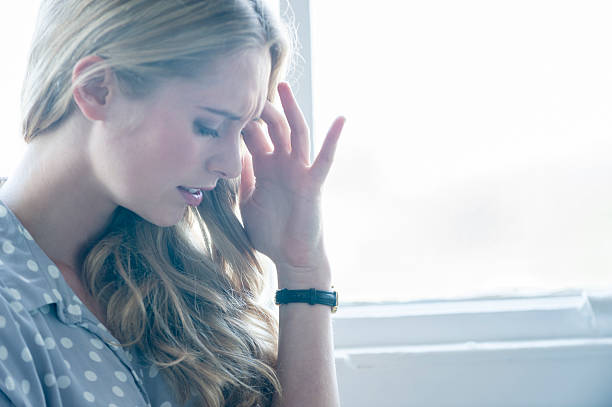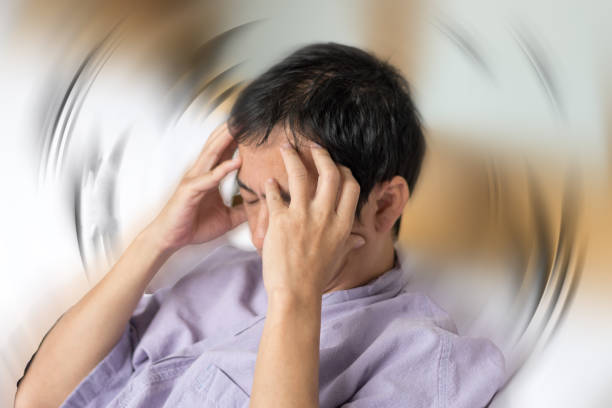Vertigo is a sensation of spinning or dizziness that can lead to loss of balance and unsteadiness. It is a common condition that affects people of all ages and can have many different causes, including inner ear problems, vestibular neuronitis, Meniere’s disease, and others.
Symptoms of Vertigo Disease
Dizziness: A feeling of unsteadiness, lightheadedness, or a spinning sensation is the most common symptom of vertigo.
Loss of balance: People with vertigo may experience difficulty walking or standing, as well as a tendency to fall.
Nausea and vomiting: Vertigo can also cause nausea and vomiting, which can lead to dehydration and malnutrition.
Hearing loss: People with vertigo may also experience a temporary or permanent loss of hearing.
Tinnitus: A ringing or buzzing sound in the ears is another common symptom of vertigo.
Sweating: Some people with vertigo may experience sweating, which is a result of the body’s attempt to maintain balance.
Headaches: Headaches can also be a symptom of vertigo, especially if they are accompanied by dizziness and unsteadiness.
Fatigue: Vertigo can be physically and mentally draining, leading to fatigue and exhaustion.
Treatment for Vertigo Disease
Medications: Anti-vertigo drugs can be prescribed to help relieve the symptoms of vertigo. Some common medications used to treat vertigo include meclizine, diazepam, and betahistine.
Physical therapy: Vestibular rehabilitation therapy (VRT) is a type of physical therapy that can help improve balance and reduce vertigo symptoms. VRT involves exercises that help retrain the brain to better process visual and vestibular information.
Surgery: In some cases, surgery may be necessary to treat the underlying cause of vertigo. For example, if Meniere’s disease is the cause of vertigo, a surgical procedure called a labyrinthectomy may be necessary to remove the affected part of the inner ear.
Lifestyle changes: Making changes to your lifestyle can also help reduce the symptoms of vertigo. For example, avoiding triggers such as alcohol and caffeine can help reduce the frequency and severity of vertigo episodes.
Vestibular suppressant therapy: This is a type of therapy that uses medications, such as anticholinergics and benzodiazepines, to reduce vertigo symptoms by suppressing the activity of the vestibular system.
Acupuncture: Acupuncture is a traditional Chinese medicine technique that involves inserting needles into specific points on the body to promote healing and relieve symptoms. Some people with vertigo have found relief from acupuncture, although more research is needed to determine its effectiveness for vertigo.
In conclusion, vertigo is a common condition that can cause dizziness, unsteadiness, and other symptoms. It can be treated with medications, physical therapy, surgery, lifestyle changes, vestibular suppressant therapy, and acupuncture. If you are experiencing symptoms of vertigo, it is important to see a doctor to determine the underlying cause and receive appropriate treatment.

 Home
Home Health
Health Diet & Nutrition
Diet & Nutrition Living Well
Living Well More
More












